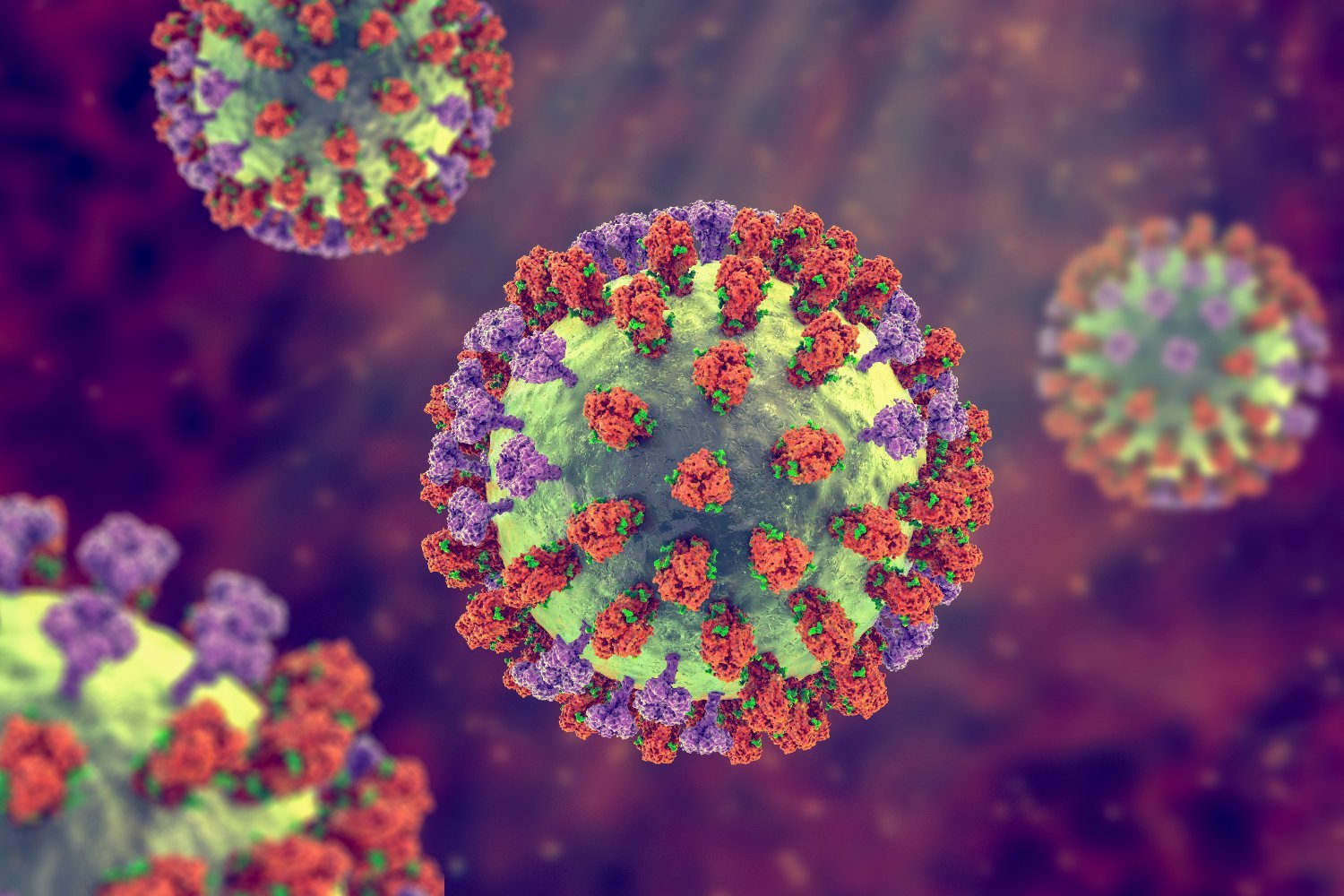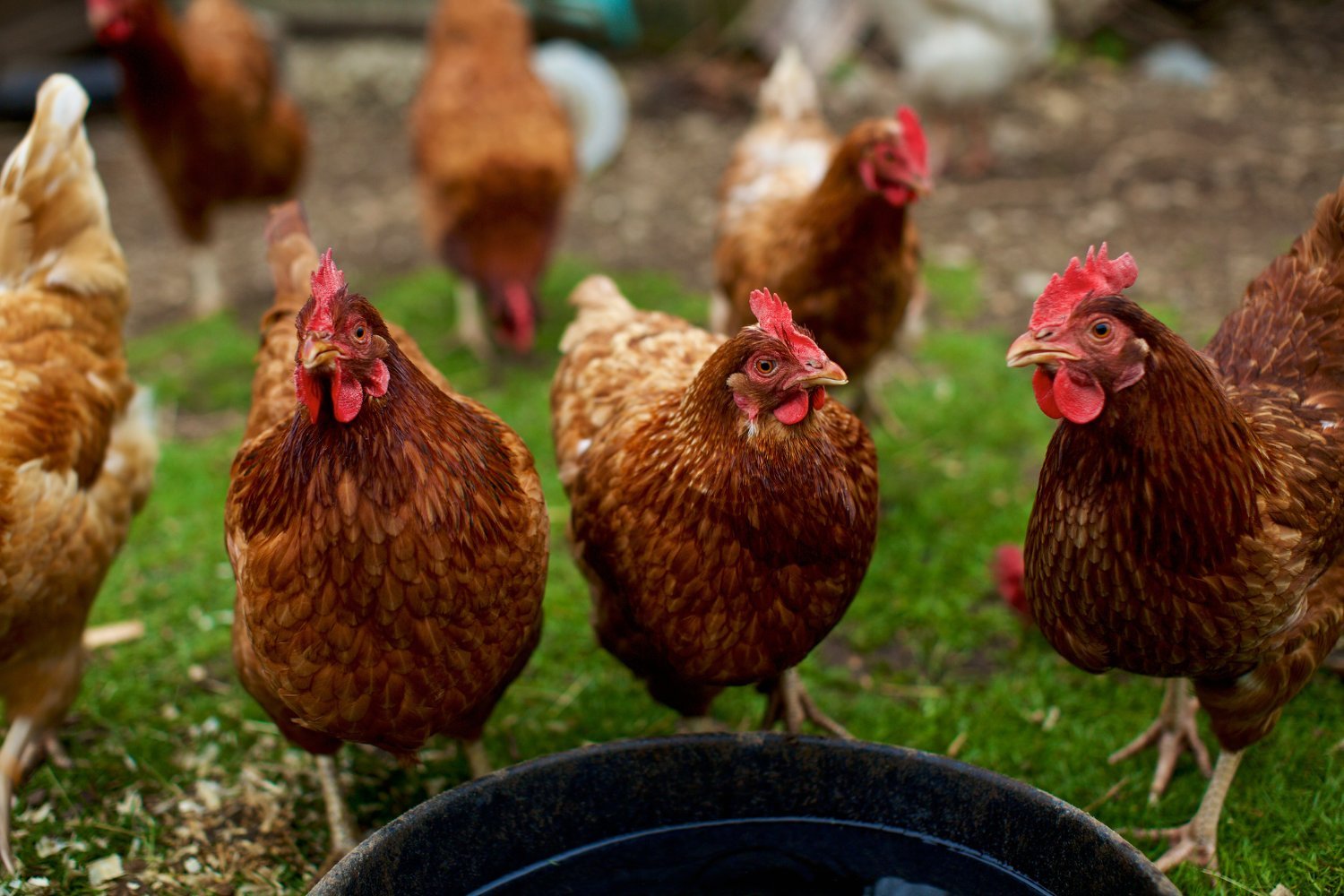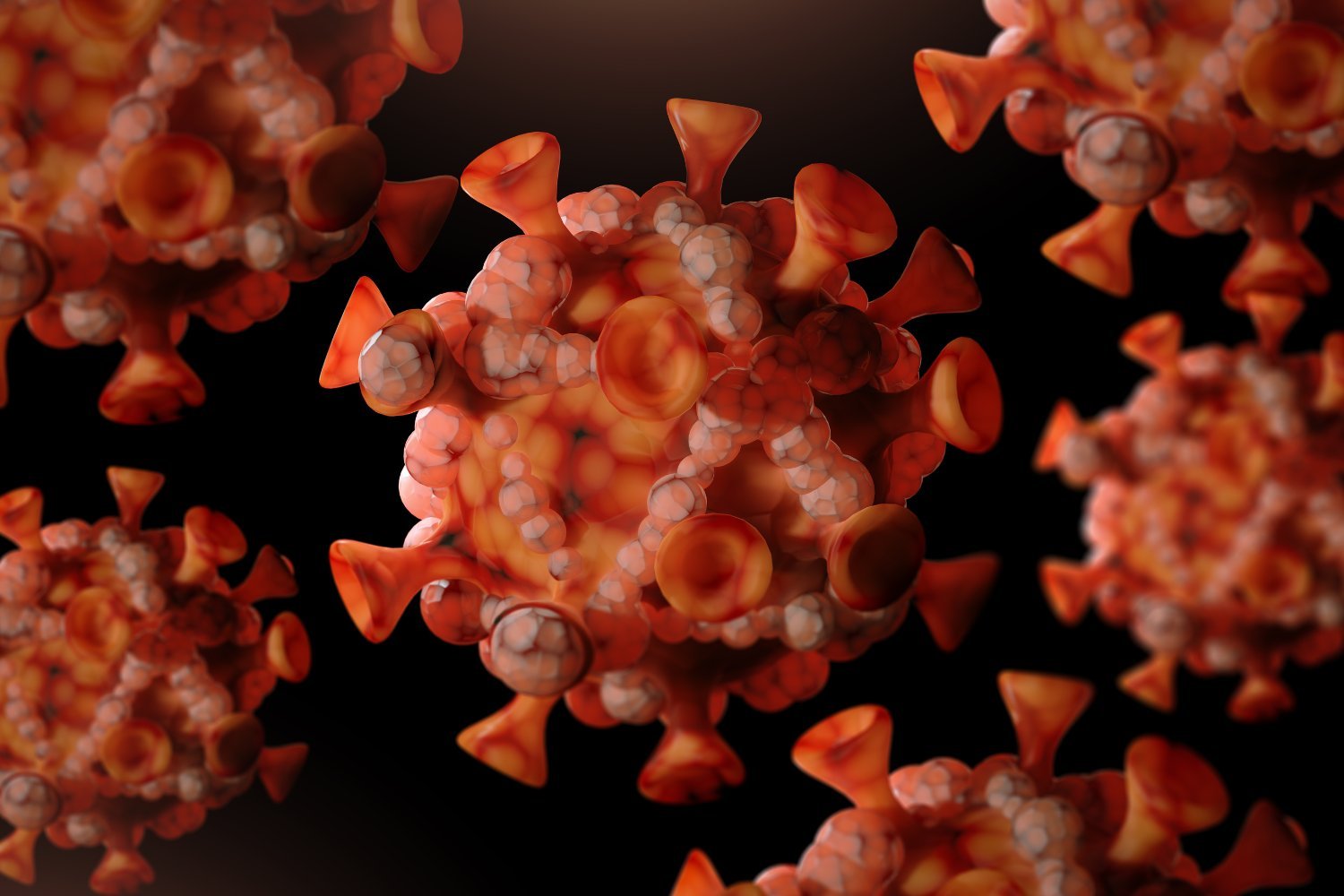The World Health Organization (WHO) has released a prioritized list of 17 pathogens urgently requiring new or improved vaccines. This list, published in eBioMedicine, highlights the need for focused research and development to combat these widespread diseases, including influenza, HIV, norovirus, and Staphylococcus aureus. Vaccines have revolutionized public health, eradicating diseases like smallpox and polio. However, many prevalent diseases still lack effective vaccines, and some existing vaccines offer limited protection.
The WHO’s selection process involved consultations with global and regional experts, considering factors like child mortality and antimicrobial resistance. They analyzed regional disease burdens and combined the data to create a global list of 17 priority pathogens. This approach prioritizes public health needs over financial returns, aiming to reduce disease burden and healthcare costs.
Five pathogens were identified as high-priority across all WHO regions: Mycobacterium tuberculosis (tuberculosis), HIV-1, Klebsiella pneumoniae, S. aureus, and extra-intestinal pathogenic Escherichia coli. The remaining pathogens include Group A streptococcus, hepatitis C virus, cytomegalovirus, Leishmania parasites, non-typhoidal Salmonella, norovirus, Plasmodium falciparum (malaria), Shigella, dengue virus, Group B streptococcus, influenza, and respiratory syncytial virus (RSV).
Some of these pathogens, like tuberculosis and influenza, have existing vaccines, but they offer incomplete protection or require frequent updates. Others, such as dengue and RSV, have new vaccines nearing approval. Some, like Shigella and norovirus, show promise in early research, while others, including hepatitis C, HIV-1, and K. pneumoniae, require significantly more research.
The three deadliest diseases on the list—HIV, tuberculosis, and malaria—account for an estimated 2.5 million annual deaths globally. This prioritized list supports the WHO’s Immunization Agenda 2030 (IA2030), which aims to improve global vaccine access by 2030.
The WHO hopes this list will guide vaccine research and development globally and locally. They emphasize the importance of collaborative efforts to address these challenges and maximize the impact of current and future vaccines. The goal is a world where everyone benefits from immunization for improved health and well-being.











